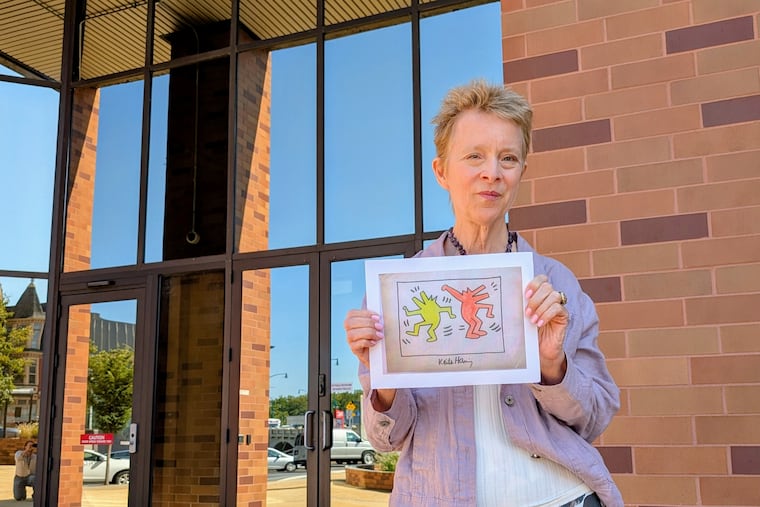Papal conclave discussions start as cardinals debate continuing Pope Francis’ legacy versus shifting direction.
In a significant shift for the Catholic Church, Pope Francis has expanded the diversity of the College of Cardinals, enhancing the global representation of church leaders who will elect his successor. By appointing cardinals from distant regions that have not previously contributed to the papal selection process, Francis has inadvertently complicated the traditional speculation surrounding the next pope. These newly appointed cardinals often lack familiarity with one another, leading to the absence of established voting blocs ahead of the forthcoming conclave, an age-old practice in which the cardinals assemble to select a new pope.
The conclave, which must commence by May 10, remains without a specified date. Following the funeral of Pope Francis, who served for over a decade and championed a more inclusive approach to the Church, cardinals are arriving in Rome to engage in preliminary discussions about the future direction of the Catholic Church, which numbers approximately 1.4 billion adherents.
Pope Francis’s leadership marked a departure from rigid doctrinal adherence, focusing instead on inclusivity and social justice issues such as poverty alleviation. While this approach resonated with progressives, it also led to confusion among conservatives regarding the Church’s stance on sensitive cultural issues, particularly concerning marriage and sexual orientation. As a result, cardinal electors are now faced with a pivotal choice: whether to continue the vision of a pope who prioritized marginalized communities or to realign the Church with more conservative doctrines.
Speculation surrounds the cardinals’ voting dynamics due to their diverse backgrounds, particularly among the conservative faction that includes cardinals from Africa, Eastern Europe, and parts of the United States. The outcome of the conclave may be influenced by whether this group can consolidate enough support to redirect the Church back toward the traditional stances associated with previous popes like St. John Paul II and Pope Benedict XVI.
Entering the conclave, the cardinals will need to consider practical factors when selecting the next pope. Opting for a younger candidate could establish a long-term papacy, while a leader from regions where the Church is experiencing growth, such as Asia or Africa, could introduce necessary changes to a historically Italian-dominated Vatican administration. Conversely, selecting an unfamiliar figure as pope could lead to unpredictability regarding the future direction of the Church.
The list of potential candidates includes prominent figures familiar to the College of Cardinals. Cardinal Pietro Parolin, currently serving as Secretary of State, is a strong Italian contender. Also prominent is Cardinal Luis Tagle, a Filipino whose position overseeing evangelization initiatives positions him as a leading candidate for the first Asian pope. Another noteworthy figure is Hungarian Cardinal Peter Erdö, known for his conservative perspectives.
As no clear frontrunners have emerged, influential “kingmakers” may play a decisive role in this conclave, including figures like Timothy Dolan from New York and Reinhard Marx from Germany, who could significantly sway votes toward certain candidates. Interestingly, even among those cardinals appointed by Pope Francis, support may not unanimously align with his progressive approach, adding layers of complexity to the conclave’s outcome.
Additionally, unanswered questions linger regarding the participation of certain cardinals, particularly those who have encountered legal controversies. The election’s outcome will not only reflect the cardinals’ preferences but also shape the future of the Catholic Church in an era marked by shifting societal values and global challenges. The conclave represents a moment of potential transformation for an institution that continues to grapple with its identity and mission in the modern world.
With the global community closely observing, the decisions made during this conclave in the Sistine Chapel will undoubtedly have far-reaching implications for the direction of the Catholic Church in the years to come.







